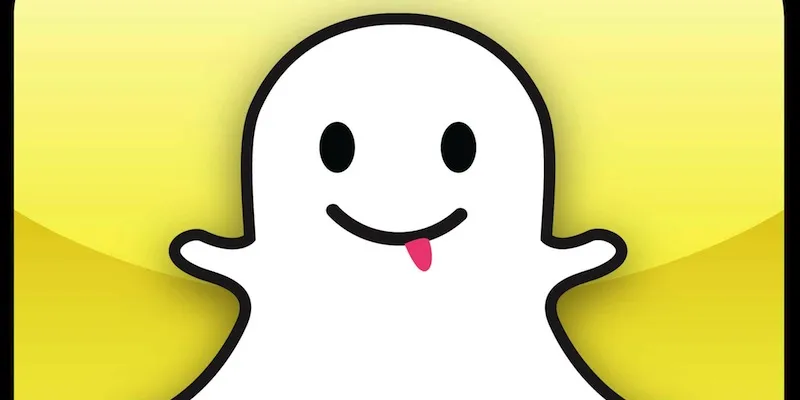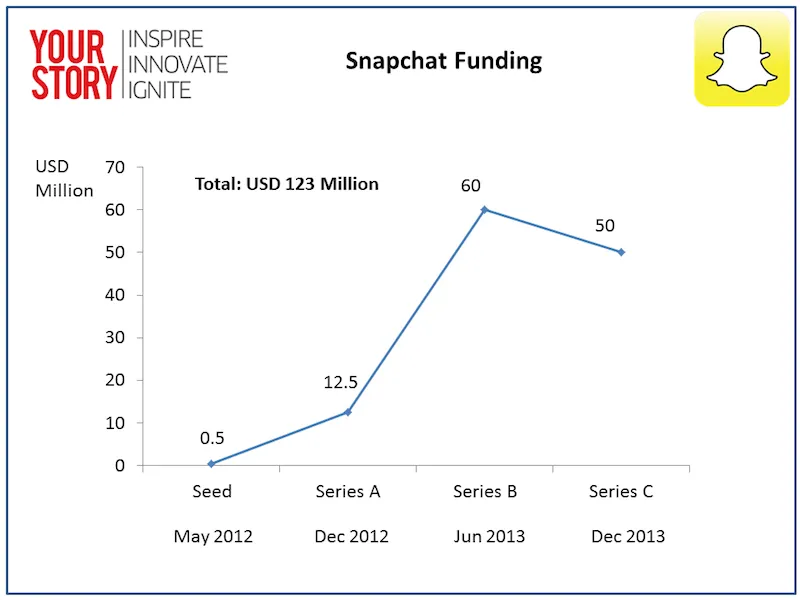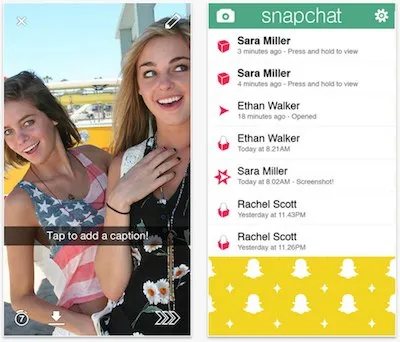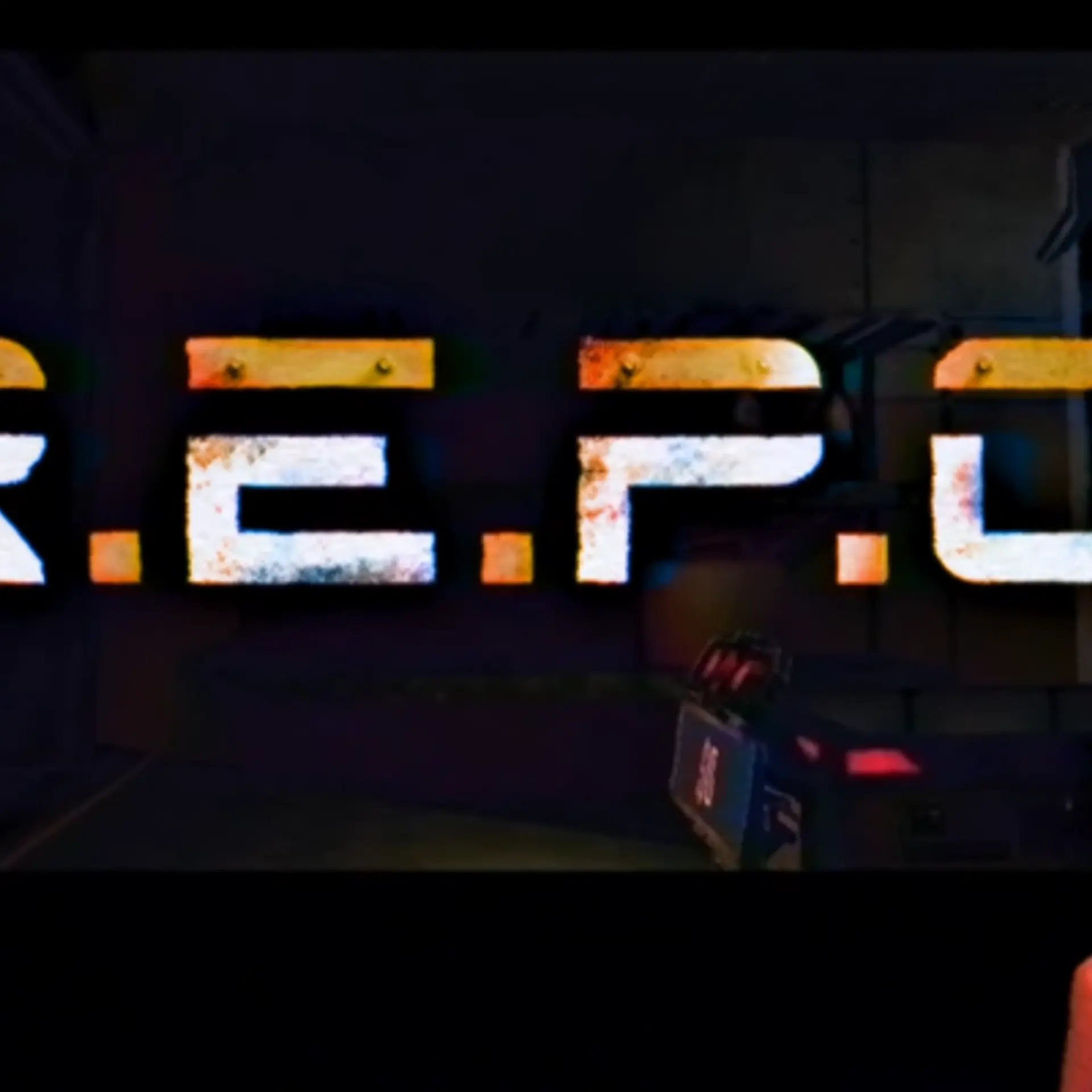Why did Snapchat turn down $3 billion from Facebook?

Snapchat, for the uninitiated, is a relatively new phone messaging app that has a unique twist – the message self-destructs in 10 seconds or less. The only way someone could save a picture is by taking a screenshot of the mobile screen. While some may find it very “Mission Impossible”-ish, and some may joke about it as a “bug-turned-feature”, the fact remains that it has turned out to wildly successful among teens and the younger demographic. As the messages self-destruct, initially, it was mostly used for sending racy selfies and other pictures to friends. Since then, Snapchat has worked hard to rid itself of the ‘sexting’ tag and become more widely accepted. In fact, the rise of Snapchat has been meteoric. It has raised $123 million in a span of just 19 months, raising new funds almost every six months.

Here’s an interesting factoid. Facebook reportedly offered $3 billion to acquire Snapchat a few weeks ago. Even more interesting is that Snapchat reportedly spurned the offer!
Why would Facebook want to acquire Snapchat?
Demographic: Many independent research reports (in the US and EU) have found one common pattern – Facebook is still a popular social network among 19+ year olds, but it fares abysmally among teens. There are two reasons for this. One, teens feel that you can’t share or post on Facebook anymore because the network also has a whole bunch of their family members coupled with difficult privacy settings. Two, teens perceive that Facebook is now a platform for bragging and for sharing, like it was meant to be. Facebook in fact admitted in its annual 10-K report that it might be losing “younger users” to “other products and services similar to, or are substitutes for, Facebook”. Of course, Snapchat scores highly on both of these counts.
Number of photos: As of December 2013, users on Snapchat shared 400 million snaps each day, up from 200 million snaps each day in June 2013. Although not confirmed, Snapchat’s user base is reportedly about 50-60 million. To put things into perspective, compare this to Facebook’s 1 billion users sharing 350 million photos a day and Instagram’s 150 million users uploading 50 million photos a day.
These statistics have the Valley so worked up that they have even coined a new term for this – ephemeral tech. And it looks like ephemeral tech is here to say.
After the Snapchat acquisition offer fell through, Facebook-owned Instagram launched “Instagram Direct”, a private photo sharing network, but it has received a lukewarm response from the market.
How can Snapchat monetize its network?
The traditional path to revenue glory is the following: Build a huge installed base of users by providing a service for free. Leverage the large user base to generate revenues by providing access to marketers to reach them. But how will marketers advertise on a sharing network where everything lasts for less than 10 seconds?
Here are a few thoughts on how Snapchat plans to monetize:
- In October 2013, Snapchat introduced “Snapchat Stories” where a user can add photos or videos into their “Story”, which can be viewed an unlimited number of times by their friends over a 24-hour period. Brands could create their own stories and build followers to publish 24-hour offers or promotions.
- In October 2013, Snapchat created commercials to launch Snapchat stories with local Los Angeles music bands and shared them with its users, with a direct link to the band’s iTunes purchase page. This could be a potential referral fee generating mechanism.
- Considering that China’s Tencent, which owns Wechat, has invested in Snapchat in Series B, other monetization models such as referral fee from gaming companies – download a game, invite all your friends on Snapchat through an API – might be coming up soon.
- Traditional advertisements or sale of user behaviour data could also be on the cards.

So why did Snapchat decline Facebook’s offer?
There are various theories on why 23-year-old Evan Spiegel declined Facebook’s offer.
- There is more glory in building a standalone billion-dollar company rather than being acquired by Facebook.
- Since Snapchat’s main users are those disillusioned by the “boring, inert, uninteresting” Facebook, how would it reflect on the founders if it “sold out” to the big bad enemy?
- Would you take $3 billion and run or would you use the $123 million in funding to seek a higher valuation? Come to think of it, it really is a hard decision to make!
Related: Instagram’s monetization model







